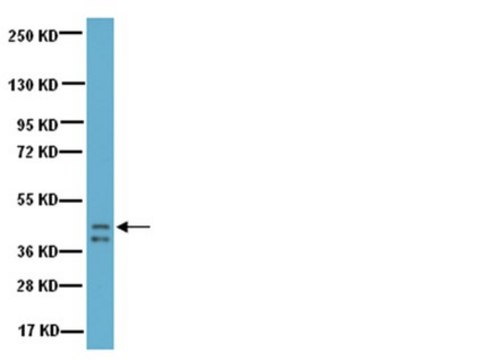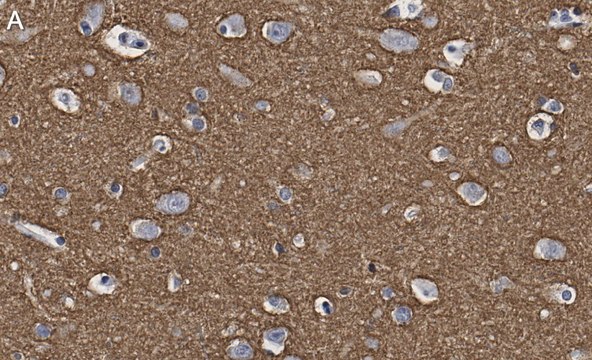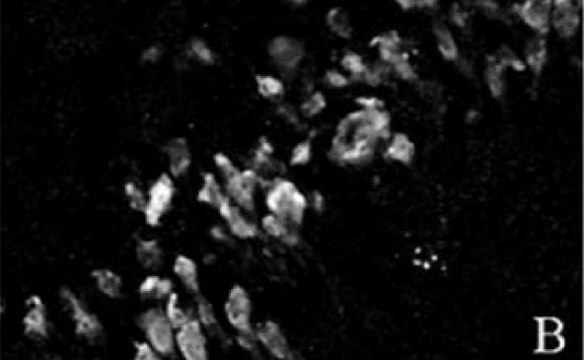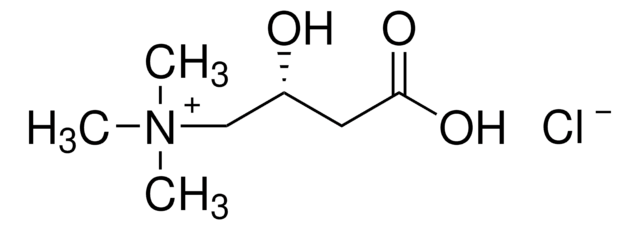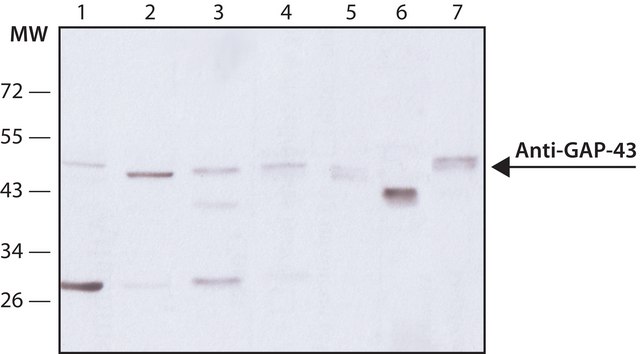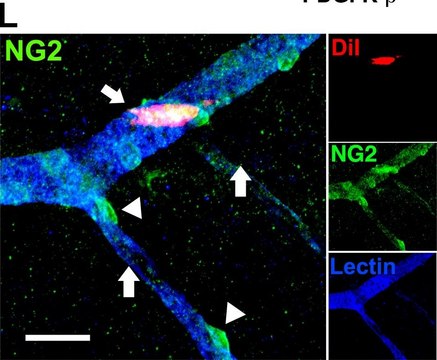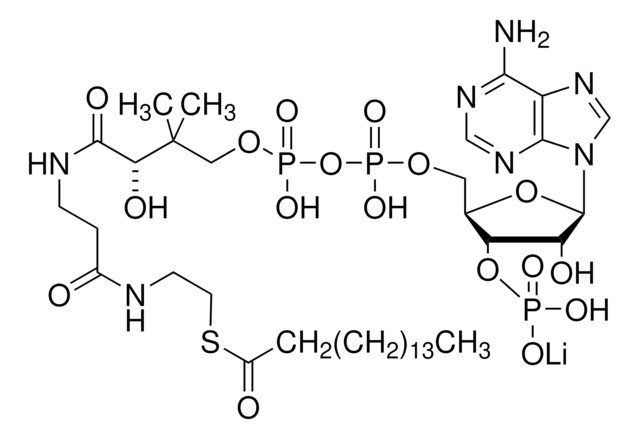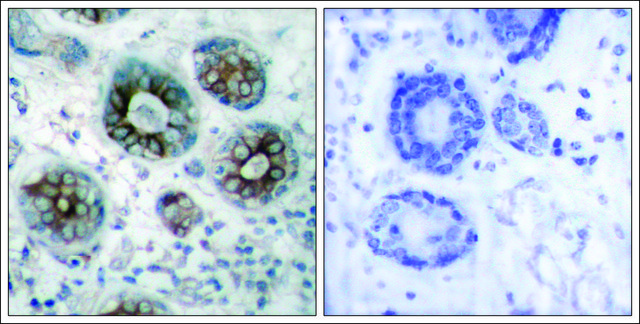AB5312
Anti-Growth Associated Protein 43 Antibody
serum, Chemicon®
Recommended Products
biological source
rabbit
Quality Level
antibody form
serum
antibody product type
primary antibodies
clone
polyclonal
species reactivity
mouse, human, monkey, rat, feline, bovine
manufacturer/tradename
Chemicon®
technique(s)
immunocytochemistry: suitable
immunohistochemistry (formalin-fixed, paraffin-embedded sections): suitable
immunoprecipitation (IP): suitable
western blot: suitable
NCBI accession no.
UniProt accession no.
shipped in
dry ice
target post-translational modification
unmodified
Gene Information
human ... GAP43(2596)
General description
Specificity
Immunogen
Application
Immuohistochemistry: 1:2,000 on coronal sections of adult visual cortex (McIntosh and Parkinson, 1990). AB5312 has been used to stain GAP-43 in 4% paraformaldehyde-fixed paraffin-embedded tissue sections of mouse olfactory bulb (Legrier, 2001).
Western blot: 1:500 - 1:1,000. Detects a single band at approximately 50 kDa on western blots of protein extracts from adult visual cortex (McIntosh and Parkinson, 1990).
Immunoprecipitation
Optimal working dilutions must be determined by end user.
Neuroscience
Neuroregenerative Medicine
Signaling Neuroscience
Target description
Physical form
Storage and Stability
Analysis Note
Rat dorsal root ganglion tissue that has been subjected to a spinal nerve ligation, cultured neurons
Other Notes
Legal Information
Disclaimer
recommended
WGK
WGK 2
Flash Point(F)
Not applicable
Flash Point(C)
Not applicable
Certificates of Analysis (COA)
Search for Certificates of Analysis (COA) by entering the products Lot/Batch Number. Lot and Batch Numbers can be found on a product’s label following the words ‘Lot’ or ‘Batch’.
Already Own This Product?
Find documentation for the products that you have recently purchased in the Document Library.
Our team of scientists has experience in all areas of research including Life Science, Material Science, Chemical Synthesis, Chromatography, Analytical and many others.
Contact Technical Service